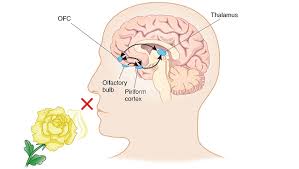Here is a recent study of issues with congenital and childhood myotonic dystrophy. It seems pretty comprehensive and has a lot of good information. The summary is below followed by the link to the full study. The study does not also provide information on the link to autism or autism spectrum disorders that many of the children have. The study does not go into depth on the adult form of the disease that follows as the children age and go through puberty. But a good basic review.
“In neonates and children, DM1 predominantly affects muscle strength, cognition, respiratory, central nervous and gastrointestinal systems. Sleep disorders are often under recognized yet a significant morbidity. No effective disease modifying treatment is currently available and neonates and children with DM1 may experience severe physical and intellectual disability, which may be life limiting in the most severe forms. Management is currently supportive, incorporating regular surveillance and treatment of manifestations. Novel therapies, which target the gene and the pathogenic mechanism of abnormal splicing are emerging. Genetic counseling is critical in this autosomal dominant genetic disease with variable penetrance and potential maternal anticipation,as is assisting with family planning and undertakingcascade testing to instigate health surveillance in affected family members.”
BELOW click on hyperlink for full study in PDF form.




